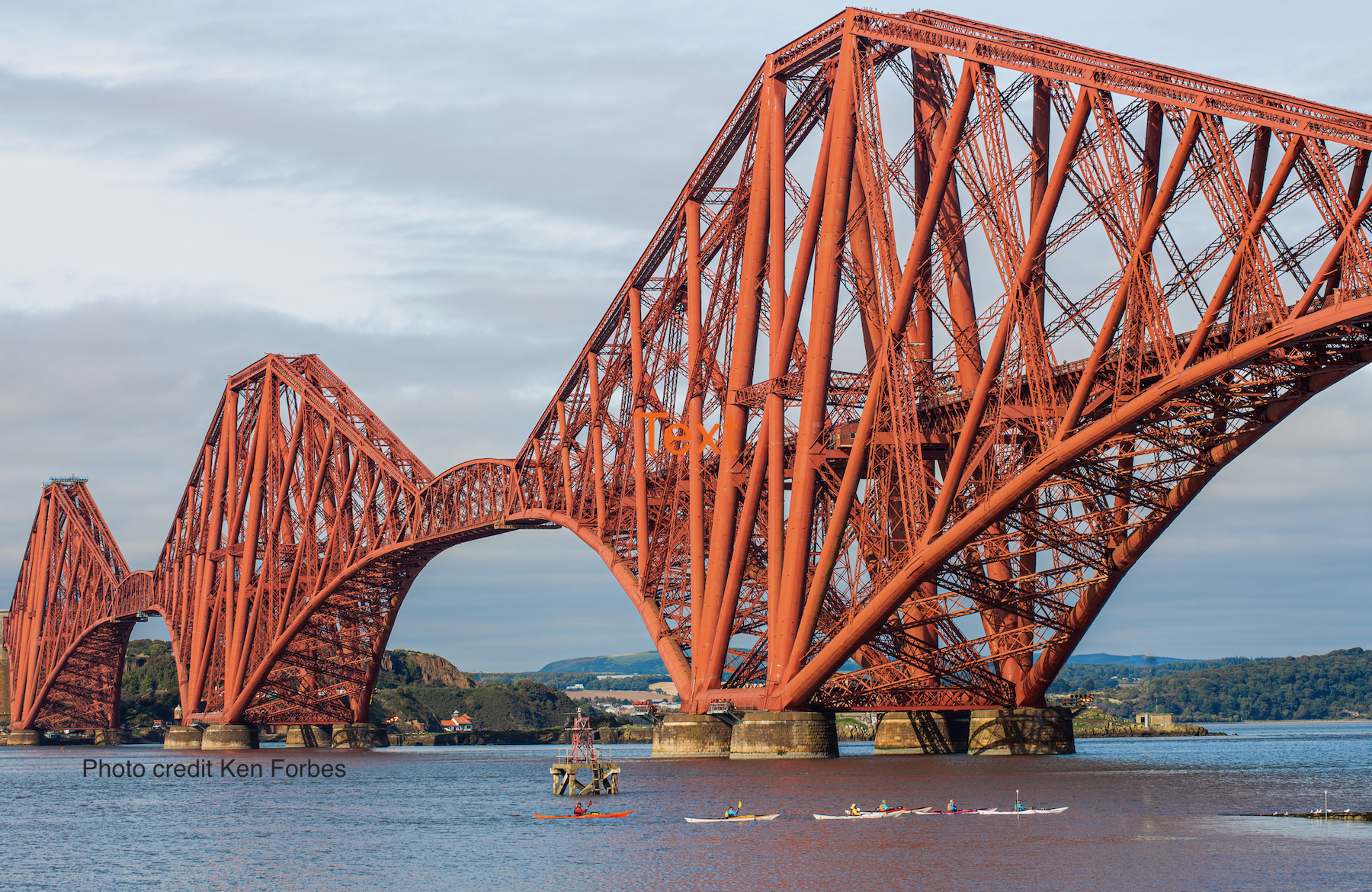As the 2021 season starts to get underway, it’s certainly the case for many of us that we haven’t been paddling much or at all due to COVID restrictions, and we certainly haven’t been interacting in big groups or with people outside of our household. So what impact will this have?
So, once we are allowed back onto the water, we will no doubt be full of enthusiasm to enjoy our kayaks after potentially quite a long time, and keen for those halcyon days we have been dreaming of.

With all this in mind, as a kayak guide, I’m conscious that there’s a need for greater awareness of how this extended period of little or no paddling has affected our ability and readiness to go paddling.
I have come up with additional considerations that I want at the forefront of my mind when planning a day. I think these are relevant for all paddlers and especially for those leading trips.
My additional considerations fall into under the following headlines: Social, Fitness, Kit, Skills, and Briefings.
Social
This is an important area that can be overlooked in the context of sea kayaking. We sea kayakers often seek our own space which is perhaps why we love the open sea. So after months of coping with a shrunken social circle, it may take time to adjust to be fully comfortable in a bigger group. For me, being outside helps with this, as does keeping the group sizes smaller, but I’ll aim to be more aware of how people are reacting.
Fitness
People may be less paddle fit than they normally can expect to be. We know that a typical day trip means being active for 5-6 hours which may be more than many of us have done for several months.
I’ve broken fitness into several aspects which I feel are relevant for sea kayaking:
First, let’s talk strength. This is clearly needed for carrying kayaks especially on rocky beaches, and injuries are easy, so I want to check people are ok and will suggest some teamwork for carrying especially if boats are heavy or the distances are long.
Then, flexibility, which is a biggie for kayakers and affects our ability to sit in the kayak for long periods. I suggest that planning shorter journey legs with more frequent stops for the first few trips.

Of course stamina is key, and I feel this is really going to be a factor. Unless a paddler has been able to access the water regularly and over the winter, sustaining a decent forward speed (5-6km/h) may feel like harder work. As leaders we should have this in mind and plan our days accordingly.
Next is our mobility, and very noticeable when people are getting in and out of the kayaks. One low-key trick is making use of a buddy system, with one person stabilising the kayak whilst the other gets in and out. Also don’t skip the warm up, probably even more important in 2021, and I’ll want to build in warm up time on the water. This has the added advantage of picking up other potential issues such as split decks, broken paddles before leaving the launch spot. This leads nicely onto the next section.

Kit
The headline for me here is to “expect more faff” as the kit may not have been used for months. I want to build in more time and remember to be patient. One way to mitigate the faff is to share more extensive pre-trip information such as the kit list.
From my own perspective, I’m anticipating more kit-related issues such as perished latex seals, broken skegs, rusted zips. Many paddlers will be out of practice and may have forgotten things. So come prepared bringing more spares such as spare deck, paddle, even a BA, plus silicone spray, GT85 and gaffer tape!
Paddling skills
Even getting into a dry suit and launching into the kayaks can feel novel and awkward if you haven’t done it for a while. Everything feels clunky!
Once on the water, I want to have plans which include a more conservative option, that allows paddlers to find their sea legs again.
If time, conditions and clothing allow, I’ll look for more opportunities for wet skills practice, and seek to blow away the covid-cobwebs and build confidence.

Briefing
The pre-paddle ‘beach briefing” will become even more important this season. I use the trusted MYABCDE structure to help me remember everything I need to cover. Where appropriate I’ll now do some of this in advance using a pre-trip briefing via Zoom. Not only does this save time in the morning, it’s a chance to run through any questions, share kit ideas and list and trip ideas for the day.
Sessions with Sea Kayak Alice are run in accordance with the Scottish Government COVID guidance.
